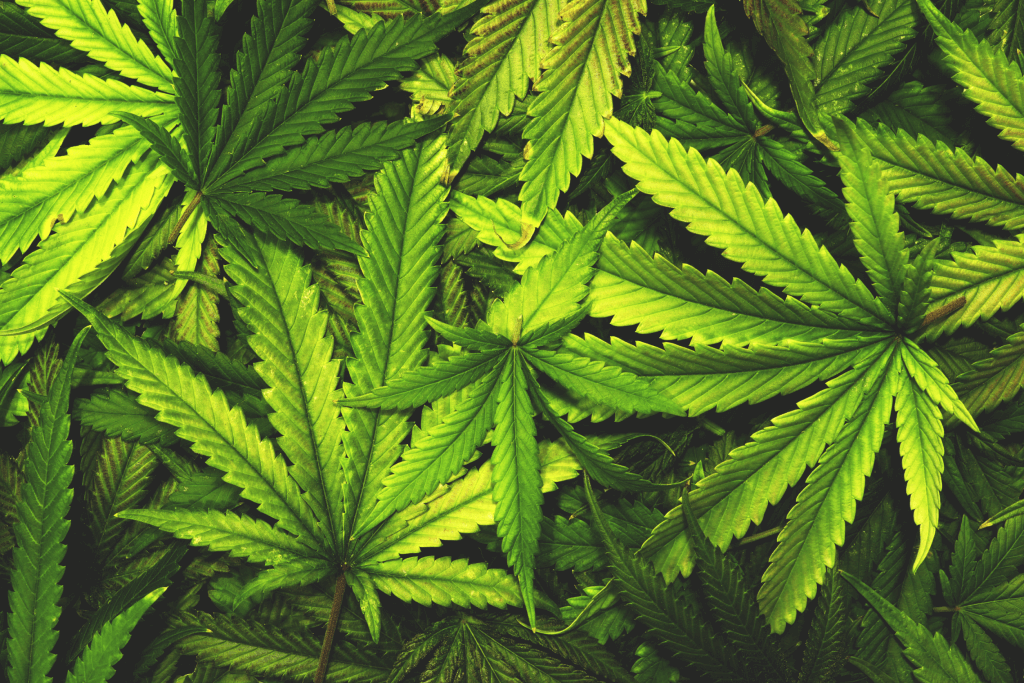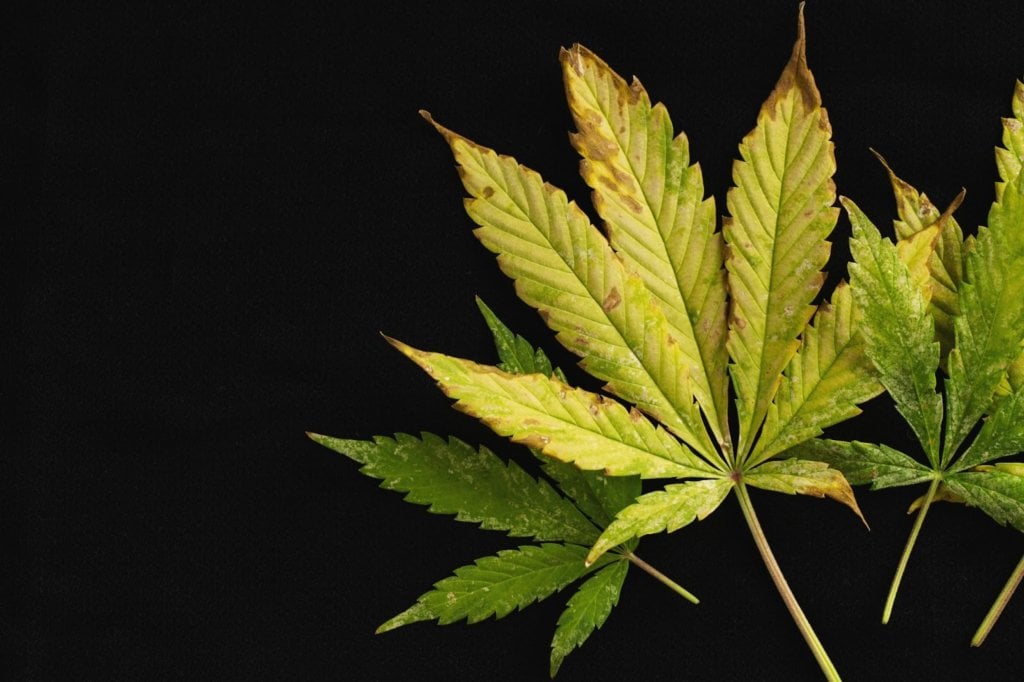Leaf Septoria Vs. Calcium Deficiency In Weed Plants
Two common problems marijuana growers face and have to learn to distinguish are leaf septoria vs. calcium deficiency.
Both issues are treatable with early detection. Identifying signs of the disease or nutrient deficiency allows you to take immediate remedial action.
As many of their symptoms are similar, it's essential to recognize and tell calcium deficiency and leaf septoria apart. Learn to spot problems early and discover the best solutions to these concerns below.

Leaf septoria and calcium deficiency: What are they and how to identify each problem
The following descriptions of leaf septoria and calcium deficiency help tell them apart, allowing you to determine the proper course of action. You won’t waste time experimenting by trial and error.
What is leaf septoria, and how to identify it?
Leaf septoria is a fungal infection in cannabis plants. Also known as yellow leaf spot, the cause of the disease is usually the septoria lycopersici fungus. Other fungi that may affect crops are tobacco mold and powdery mildew.
Yellow leaf spot is common in tropical or subtropical regions. The high humidity and excess soil moisture are conducive for fungus to thrive.
This disease rarely affects flowers and fruits, so your nugs are usually infection-free. Leaf septoria may interfere with bud production if it spreads to too many leaves. When those leaves can’t photosynthesize, it can stunt your plant’s development and yield.
The first signs of leaf septoria are spots with a yellow ring on infected leaves—usually older and lower ones.
The difference between leaf septoria vs. calcium deficiency is the infected leaf’s hue. In the former, the yellow blotches turn brown with a purple shade, while the latter is reddish-brown.
With untreated leaf septoria, cannabis plants display symptoms of chlorosis—a condition preventing foliage from producing enough chlorophyll. Your crops won’t develop to their full potential. When the fungus covers the entire leaf, it dies.
Early detection and action are essential as the disease can spread to other plants through wind, water, insects, or humans.
How to identify calcium deficiency in weed plants
Marijuana plants need vital cannabis nutrients like nitrogen, phosphorus, potassium, calcium, sulfur, and magnesium for healthy development.
Calcium is critical at every growth stage—from seedling to harvest. The mineral contributes to healthy root production, strengthening the stem and structure.
It’s essential to identify symptoms of calcium deficiency as it appears in combination with a lack of iron and magnesium.
When cannabis plants lack the mineral, yellowish spots appear on the foliage. If left untreated, they turn reddish or brown. A more apparent sign that plants need calcium is the tips of leaves curling up and stunted growth.

Leaf septoria vs. calcium deficiency: Five main differences
Cannabis plants with leaf septoria vs. calcium deficiency may display similar signs, but it’s not difficult to tell them apart. Look at the plant’s appearance and notice these factors:
1. Foliage color and condition
Leaf septoria fungi cause yellow spots on the blades that turn tan or brown. Plants with calcium deficiency have a yellowish-green hue between the veins at the base of the leaves. The shade becomes reddish-brown at the end. You can also notice the cannabis leaves curling up.
2. Location of the leaf spots
It’s more likely you have leaf septoria than calcium deficiency if you find spots on the bottom blades of the cannabis plant. That’s the point where the fungus infection starts.
3. Weak branches
Signs of weakness in the stems and branches are immediately evident when a cannabis plant lacks calcium. Leaf septoria doesn’t affect crop strength at the onset. The entire shrub becomes weaker only when the infection is left untreated.
4. Root strength
Besides leaf spots, it could signify weak roots if your cannabis plants are falling over. Both symptoms indicate calcium deficiency and not leaf septoria.
5. pH level
The pH level of your water for weed plants tells you whether you have leaf septoria or calcium deficiency. A normal pH indicates the former, while a low reading suggests the latter.
Choosing a quality hybrid weed seed resistant to mold and mildew can minimize the incidence of leaf septoria. Ensuring an optimal pH level and feeding your plants with sufficient nutrition reduces the possibility of calcium deficiency.
Beat leaf septoria and calcium deficiency and enjoy a bountiful harvest
As leaf septoria and calcium deficiency issues are treatable, learning to identify the symptoms early is critical. Immediate remedial action prevents the problem from getting worse.
Visit our website for more cannabis cultivation tips and browse our selection of the best weed seeds.
About the author: Parker Curtis
Parker Curtis has around a decade of cannabis-growing experience, specialising in soil-less and hydro grows. He’s mastering outdoor, greenhouse, and indoor grows.
